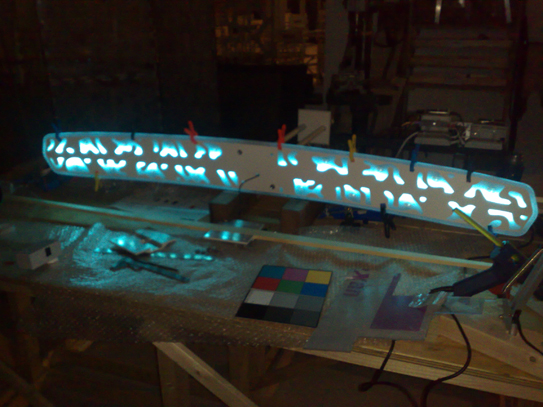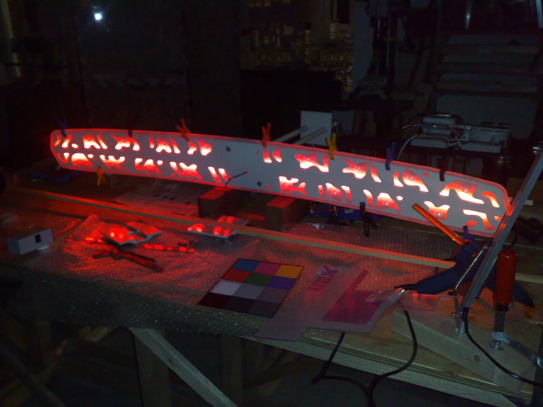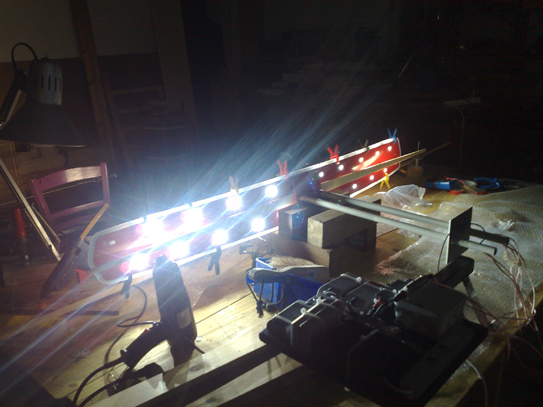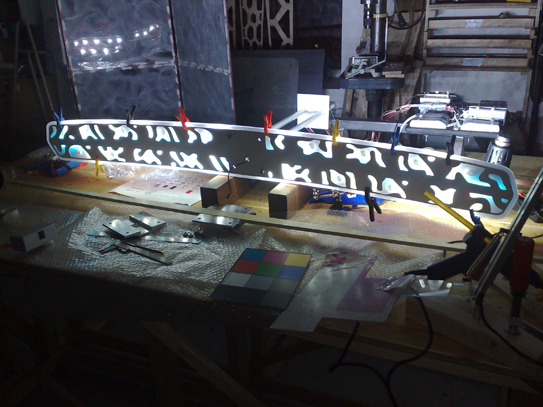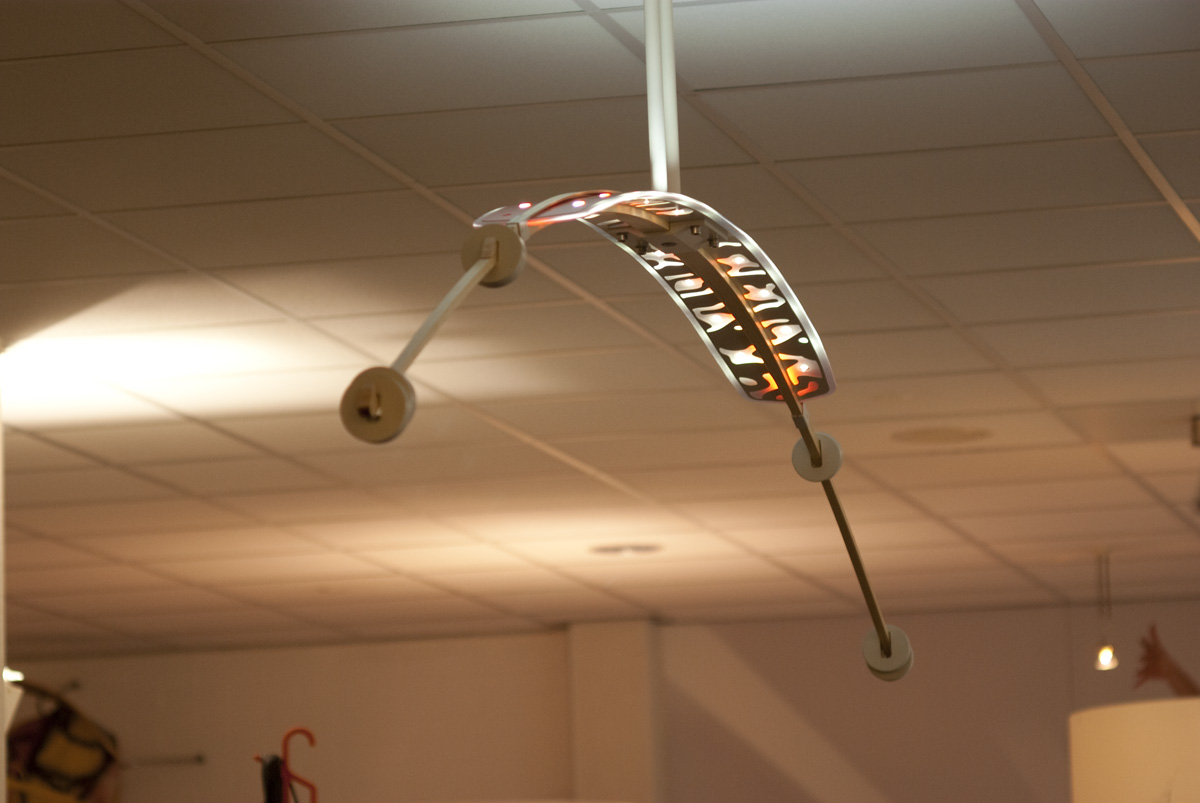
2010 ledlamp
An innovative, material- and energy friendly, adjustable lamp. A lamp for the new office.

Why designing a lamp?
!pet in Hoogeveen asked me to develop a new product for the office. For my graduation i designed a lamp for them that is efficient with energy (leds), material and production (parts can be produced simply, can be separated and recycled), the lamp can be changed or repaired relatively easy and offers more than only light for an office. Product of choise for the new office: I studied the wishes and demands of the new office. New ways of meeting and working, more individualistic use, eco-friendly and durable, ergonomically sound were the most important items. This led to different products that could be developed, such as a new type of chair, a room divider and a lamp of which the latter was choosen. Leds are booming, there are relatively few luminaires designed for led and therefore the profit can be attractive, and the offered mechanical concept of this lamp was interesting enough. After determining the kind of product the follow up study consisted of studying how leds work and how to design for led applications and light. I made a study of patterns and pattern formation in nature, investigated the materials that were optimal for this lamp and did statical calculations and simulations to find the proper shape of the parts so they would bend in exactly the way that was desired for the light-functions. To integrate all the functions meant a lot of experimenting and testing, knowing what was important and making several choises, either technical or artistic. This process took about nine months. Light: The color of the light can be changed manually or with a colorpicker (color sensor that sends information to the lamp). The lighting function of the lamp is dual: to cast light downward to a table, to illuminate this properly and upward for a good background light level by means of reflecting and diffusing this light. Pattern: The pattern refers to natural shapes, i explicitely wanted to have an association with diving, coral, natural patterns as relatively new activities of consumers. I could have used pictures or nature photoos, but instead i choose for a form making that is based on the same generative principles as fish-patterns, the so called turing patterns and reaction-diffusion equations and i generate the patterns myself on a laptop. Construction: In the lamp all technical parts are nicely hidden, while the lamp is still only 9 mm thick. The leds are properly cooled: the temperature does not exceed 45 degrees celsius which ensures a very long lifetime of the leds. The leds can also be dimmed with a remote control. The electronics have a place above the ceiling where they can be reached easily. Characterisation: The lamp is promoted as innovative (new way to focus the light), energy-friendly (leds and choise of material and production), and aimed at the new office (user can determine individually how and where light is cast, in an intuively way of changing the shape). I liked this kind of work: finding new possibilities, working with materials, founding my ideas on a thorough study, getting inspired, and a lot of experimenting. And finally realising it in a real product. Follow up: In study now are other lamps that have less functions, for example limited to an uplight which can be used in office to replace or complete the traditional fluorescent light lumiaires. The new lamps will have a different shape and a maintenace plan in which less exchange of the lamps will be needed. Also other applications of the pattern making are being explored, such as room dividers and shades. Typically where individualized products are desired these patterns are interesting, because of the possibility of changing the pattern easily without loosing the overall character. |
recommandations:
-use this lamp to test designs of future offices
-make different lamp-design for the future office, for other users and circumstances, such as:
these should all be representative of a single kind of use in the new office.
There is an analogy with persona's, as used in product development. These lamps could be seen as a concept product: plausible, explainable and generic example of a realistic product to come. It is not necessarily the lamp, but it has all the aspects that can be expected for a new product. The analogy is that here objects are made that will serve for designers to test their architectonical idea's or product idea's (such as a table or so) where persona's are tested, validated stories based on good studies, data, observation that designers can relate or refer to.
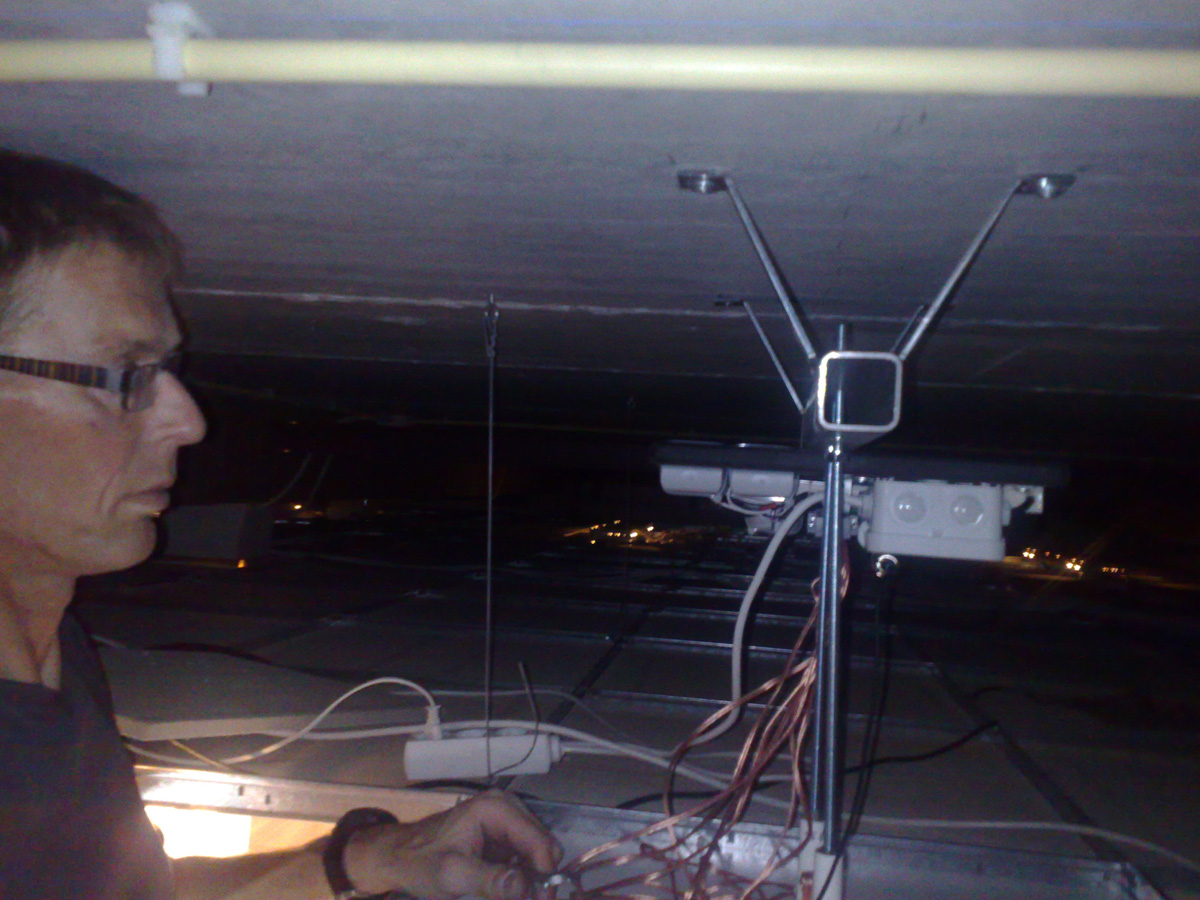
mounting the lamp
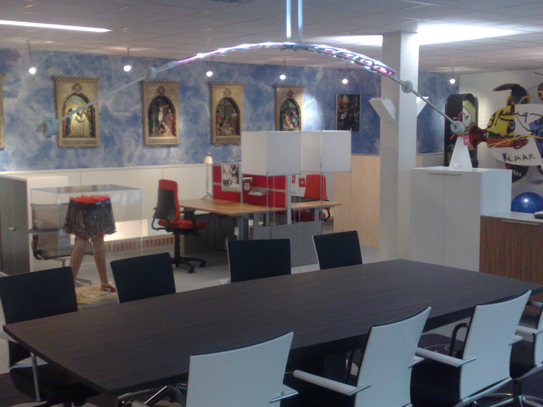 c
c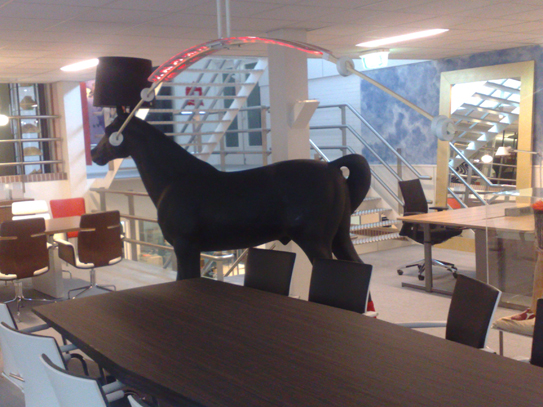
surface patterns
Lots of work on design for surface patterns, automatically generated patterns and how to use them artistically sound, trend research, sustainability and how to implement that in designing a lamp. And research on lightguides, technical use of leds, cooling the leds sufficiently, making an interesting construction, solving practical problems how to build it. And building the prototype.

design of a self - generating pattern
A laser cut pattern in aluminum sheet, also self - generated but within the fixed contour of the lamp
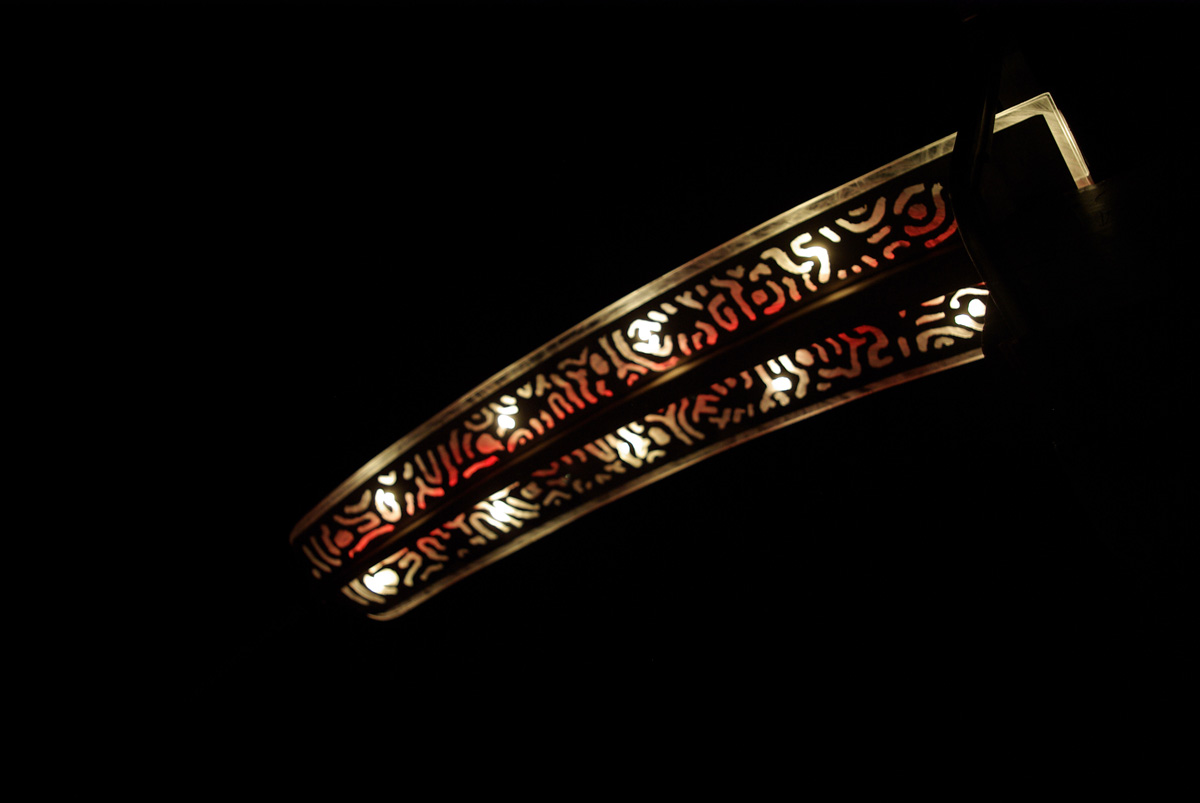
pre-type of the pattern on the lamp: hand made, not yet auto - generated.
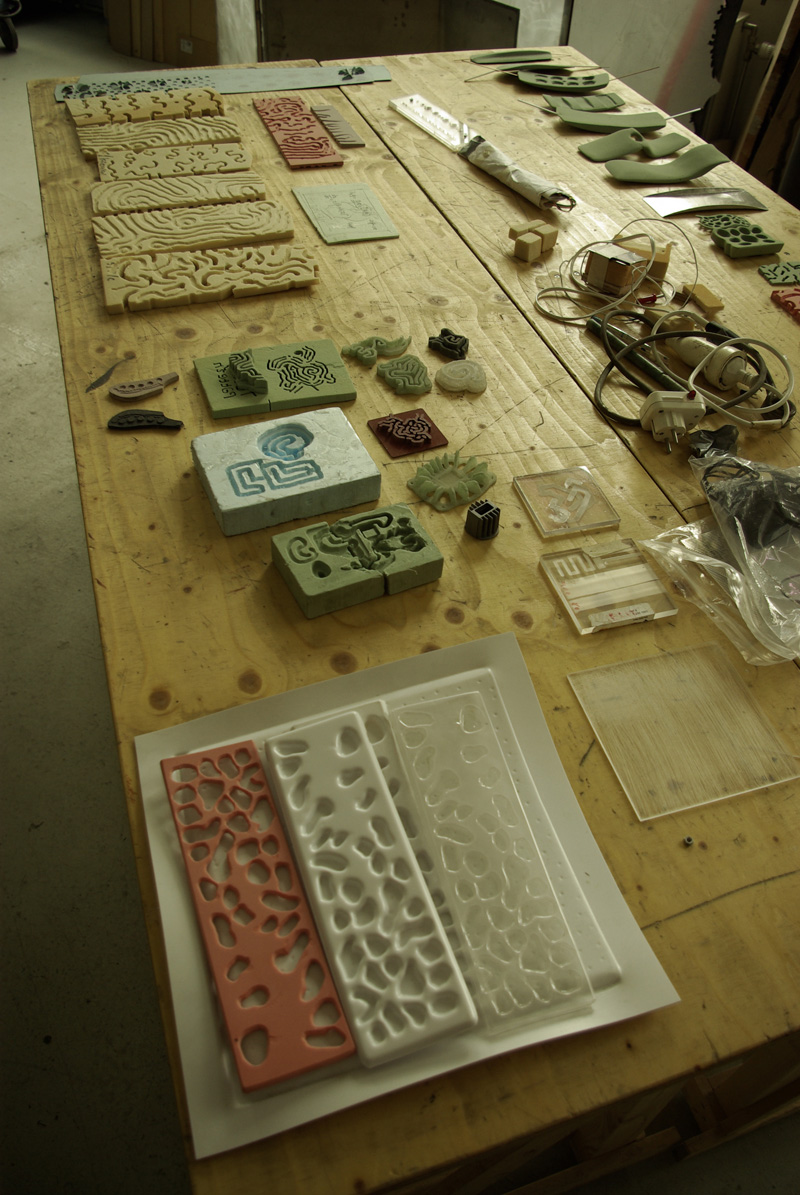
the inspiration table: full with experiments that can be picked up to be used differently
do try this at home, it is very helpfull to have ideas ready to work with
more about the pattern: part of thesis.
construction
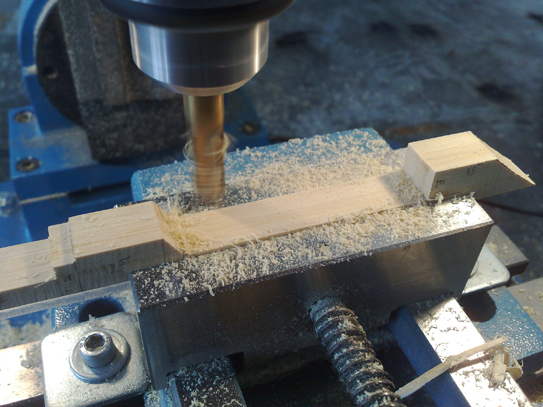
Light
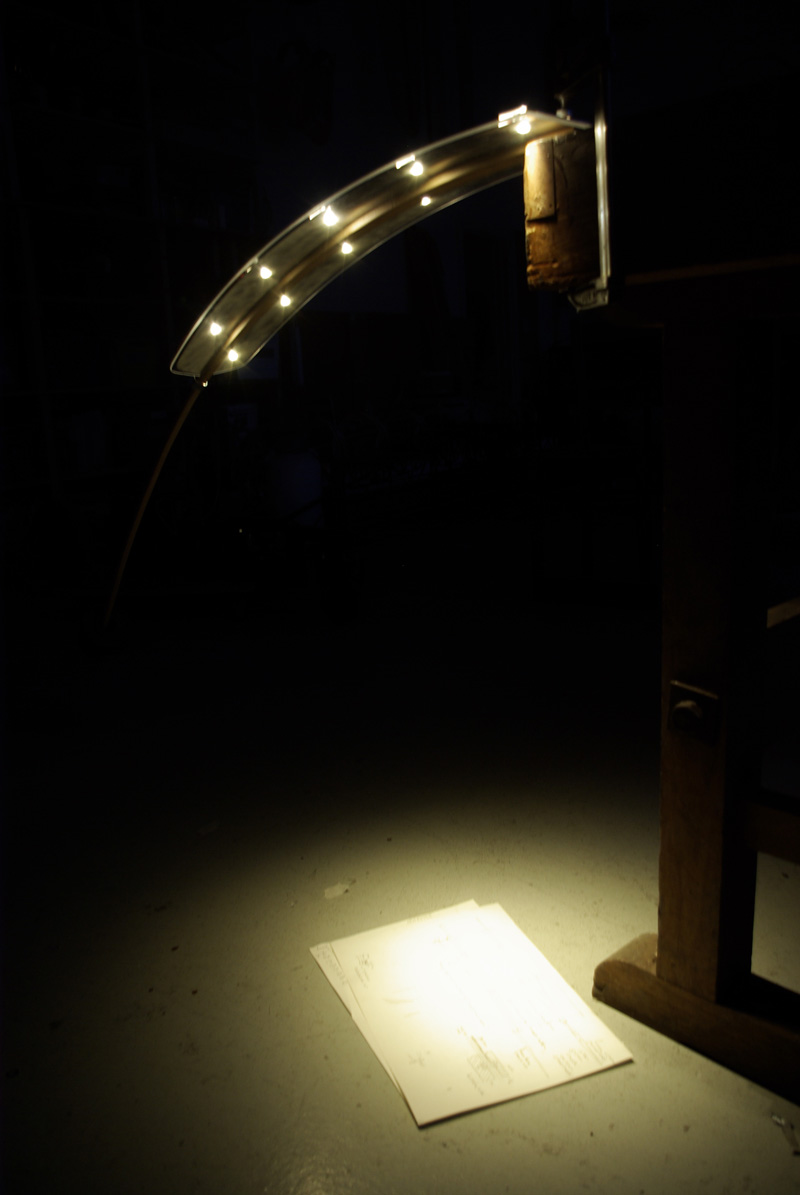
illuminating test: 450 Lux, almost enough for reading tasks. the finished lamp will be double this width and light will exceed 500 lux
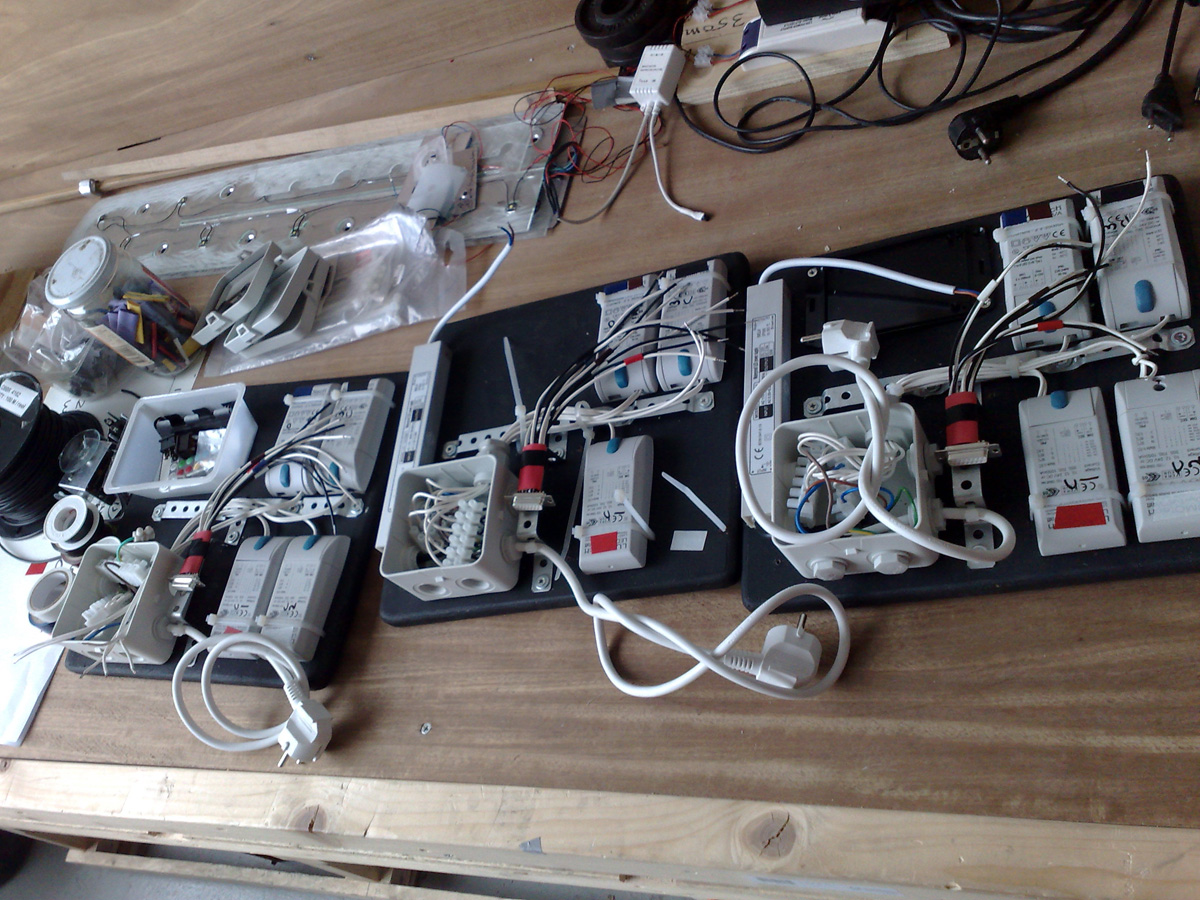
The electric circuitry of the drivers and remote control for three lamps being built.Tidy and accurate work is necessary.
testing the lights
